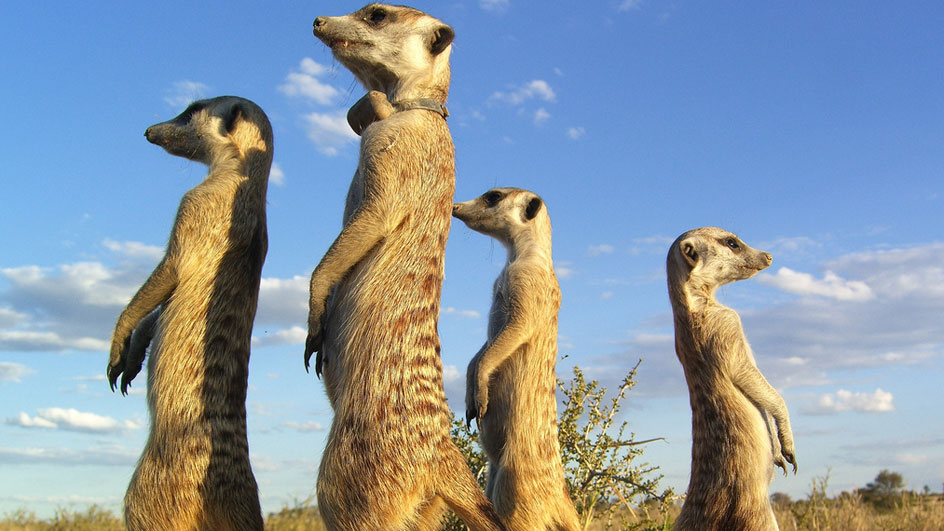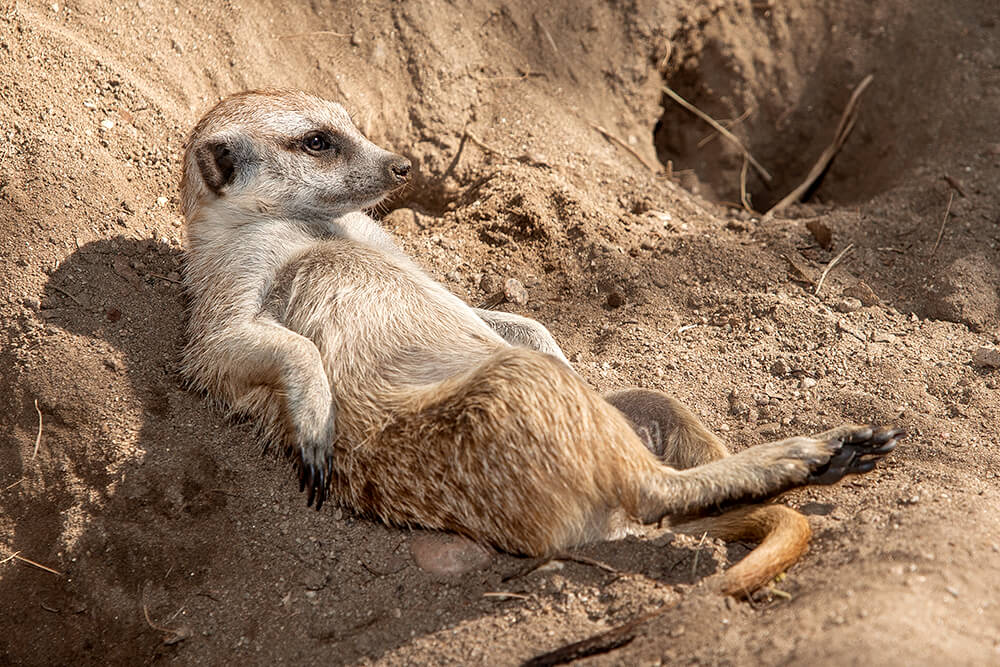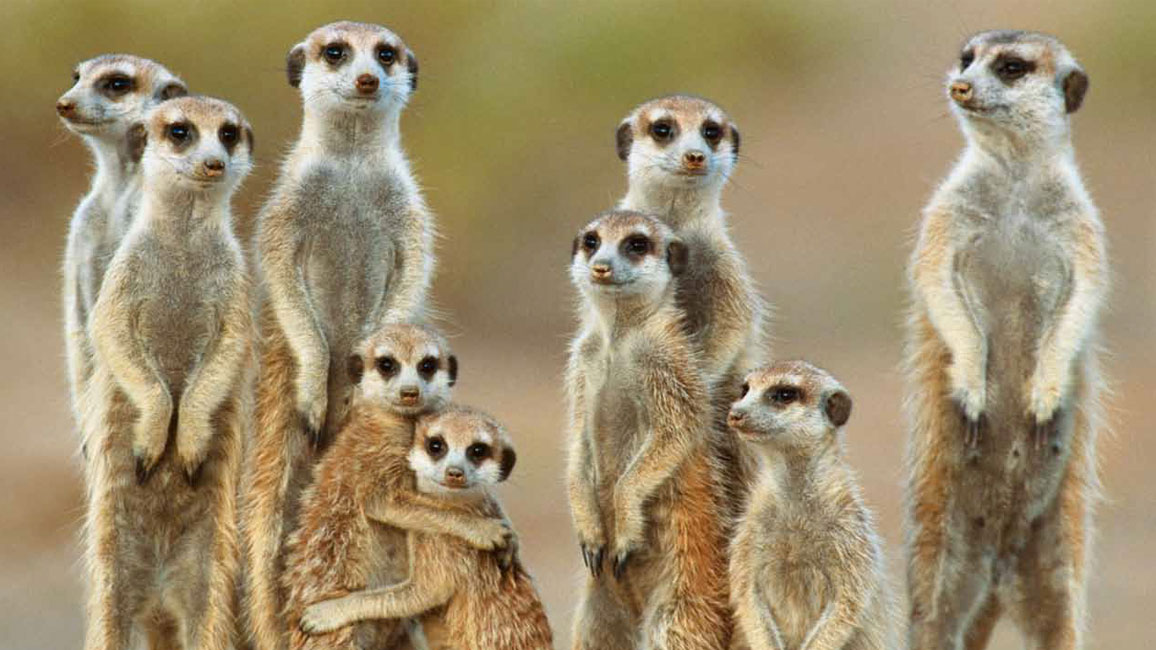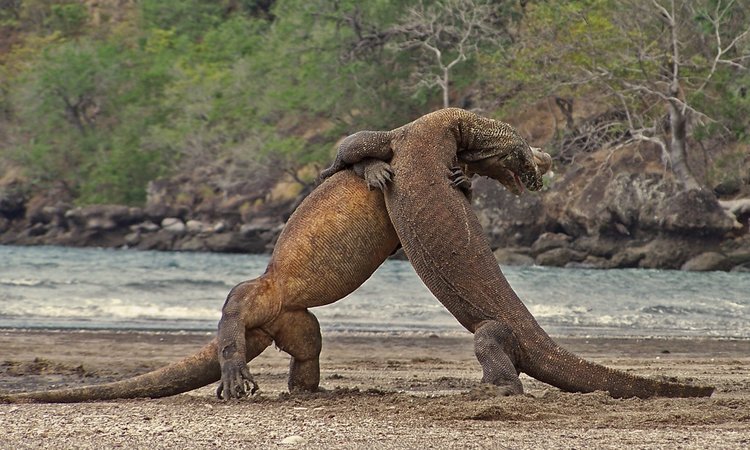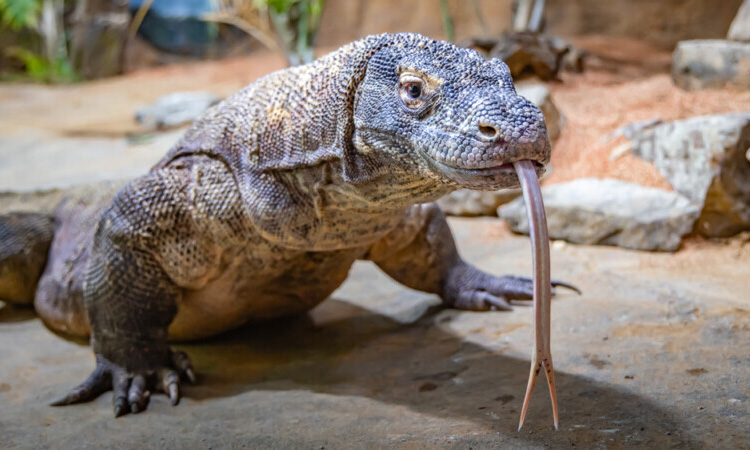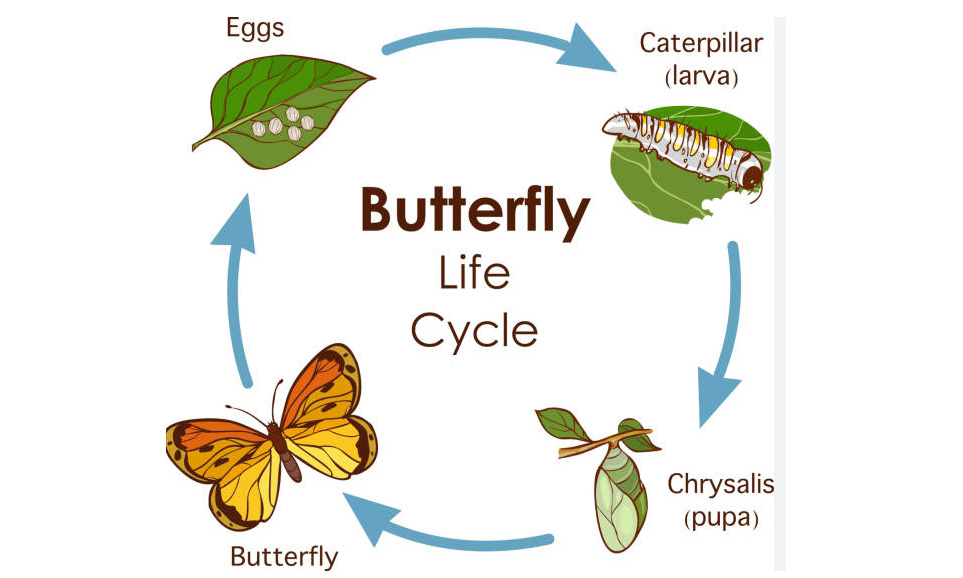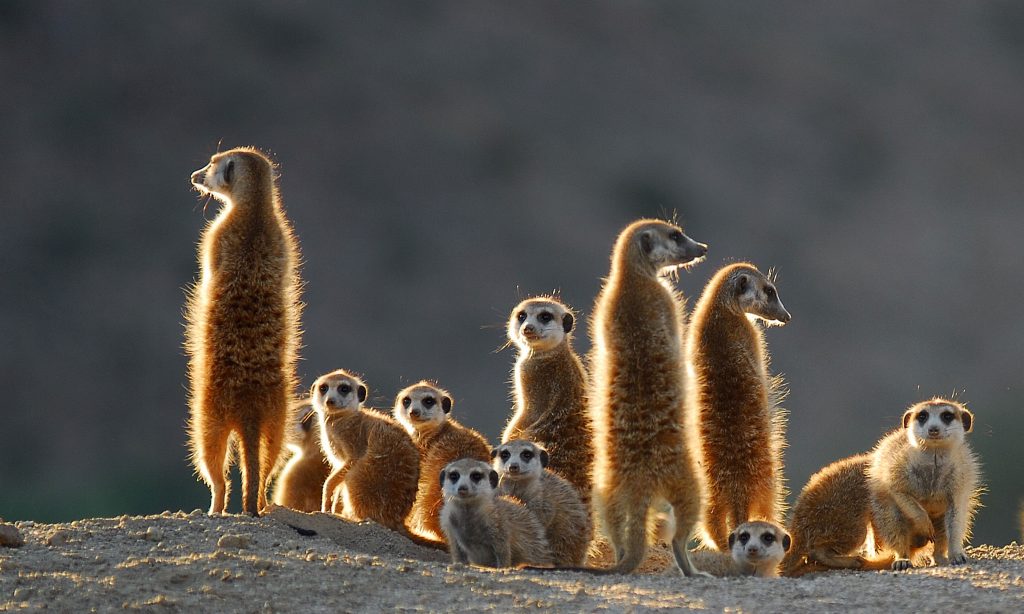The Fascinating Social Structure of Meerkats
The meerkat, also known as Suricata suricatta, is a small mammal that belongs to the mongoose family. These intriguing creatures are native to the deserts and grasslands of southern Africa, where they have developed a highly fascinating social structure. Meerkats are highly social animals, living in groups called mobs or clans, which can consist of up to 50 individuals. Within these groups, there is a complex hierarchy that governs their behavior and ensures the survival of the group as a whole.
At the heart of meerkat society is the alpha pair, which consists of a dominant male and female. These two individuals are the leaders of the group and are responsible for making important decisions that affect the entire mob. They are also the only members of the group that are allowed to breed, ensuring that their genes are passed on to the next generation. The alpha pair is highly respected and their authority is rarely challenged by other members of the mob.
Beneath the alpha pair, there is a strict ranking system that determines the social status of each meerkat within the group. This hierarchy is based on age, size, and dominance. The higher-ranking individuals have more privileges and are often the first to eat or mate. Lower-ranking meerkats must wait their turn and are often subjected to aggressive behavior from higher-ranking individuals. However, this social structure is not based solely on aggression. Meerkats also engage in grooming behaviors, which help to strengthen social bonds and maintain harmony within the group.
One of the most fascinating aspects of meerkat society is their cooperative behavior. Meerkats work together to ensure the safety and well-being of the entire mob. They take turns acting as sentinels, standing on their hind legs and scanning the surrounding area for potential threats. This behavior is crucial for their survival, as it allows them to quickly detect predators such as snakes or birds of prey. When a sentinel spots danger, it emits a specific call that alerts the rest of the group, prompting them to seek shelter.
Meerkats also cooperate when it comes to foraging for food. They have a diverse diet that includes insects, small mammals, reptiles, and even plants. When searching for food, meerkats spread out in different directions, increasing their chances of finding prey. Once a meerkat discovers food, it emits a distinct call that signals the rest of the group to come and share in the feast. This cooperative behavior ensures that all members of the mob are well-fed and reduces competition within the group.
In conclusion, the social structure of meerkats is truly fascinating. From the alpha pair that leads the group to the cooperative behaviors that ensure the survival of the mob, these animals have developed a complex system that allows them to thrive in their harsh desert environment. By working together and relying on each other, meerkats have become highly successful in their quest for survival. Their social structure serves as a reminder of the importance of cooperation and teamwork in the animal kingdom.
Meerkat Adaptations: Surviving in Harsh Environments
Meerkats, also known as suricates, are small mammals that belong to the mongoose family. These fascinating creatures are native to the deserts and grasslands of southern Africa, where they have developed a range of adaptations to survive in the harsh environments they call home.
One of the most remarkable adaptations of meerkats is their social structure. They live in large groups called mobs or clans, which can consist of up to 50 individuals. Within these groups, there is a strict hierarchy, with an alpha pair at the top. This social structure allows meerkats to work together to find food, protect their territory, and care for their young.
Meerkats have excellent eyesight, which is crucial for their survival in the open landscapes they inhabit. Their eyes are positioned on the front of their heads, providing them with binocular vision and depth perception. This allows them to spot predators from a distance and react quickly to potential threats. Additionally, meerkats have a dark patch of skin around their eyes, which helps to reduce glare from the sun and improve their vision in bright daylight.
Another adaptation that helps meerkats survive in their harsh environments is their ability to dig complex underground burrows. These burrows serve as their homes, providing protection from extreme temperatures, predators, and the scorching sun. Meerkats are skilled diggers, using their sharp claws and powerful forelimbs to excavate tunnels and chambers. These burrows can extend several meters underground and have multiple entrances, allowing for quick escape routes in case of danger.
Meerkats have also developed a unique behavior known as sentinel duty. While the rest of the group forages for food, one or more individuals will stand on their hind legs and keep watch for potential predators. They take turns performing this duty, ensuring that the group is always protected. This behavior is crucial in their harsh environments, where predators such as eagles, jackals, and snakes pose a constant threat.
In addition to their social structure and physical adaptations, meerkats have also evolved to be highly efficient hunters. They primarily feed on insects, spiders, scorpions, small reptiles, and occasionally small mammals. Meerkats have a keen sense of smell, which helps them locate their prey. They also have sharp teeth and strong jaws, allowing them to capture and consume their food quickly. Their diet is supplemented with plant matter, such as fruits and roots, which they can find in their arid habitats.
Despite their impressive adaptations, meerkats still face numerous challenges in their harsh environments. Droughts, food scarcity, and competition with other species are constant threats to their survival. However, their ability to adapt and work together as a cohesive group has allowed them to thrive in these challenging conditions.
In conclusion, meerkats have evolved a range of adaptations that enable them to survive in the harsh environments of southern Africa. Their social structure, excellent eyesight, burrowing abilities, sentinel duty, and efficient hunting skills all contribute to their success in these challenging habitats. These adaptations highlight the remarkable resilience and resourcefulness of these small mammals, making them a truly fascinating species to study and admire.
Meerkat Communication: Understanding Their Unique Vocalizations
Meerkats, those small, sociable mammals native to the deserts of southern Africa, are known for their fascinating behavior and intricate social structure. One of the most intriguing aspects of their behavior is their unique vocalizations, which play a crucial role in their communication. Understanding these vocalizations can provide valuable insights into the complex social dynamics of meerkat groups.
Meerkats are highly social animals that live in groups called mobs or clans, typically consisting of 20 to 50 individuals. Within these groups, communication is essential for coordinating activities, maintaining group cohesion, and ensuring the safety of the entire mob. Meerkats have developed a sophisticated vocal repertoire to convey various messages to their fellow group members.
One of the most common vocalizations produced by meerkats is a soft purring sound, often referred to as a “purr call.” This gentle vocalization is used to maintain contact between individuals within the group, especially when they are foraging or exploring their surroundings. The purr call acts as a reassurance signal, letting other meerkats know that everything is fine and that they are in close proximity to each other.
In addition to the purr call, meerkats also produce a range of other vocalizations, each serving a specific purpose. For instance, when a meerkat spots a potential threat, it emits a high-pitched alarm call, alerting the rest of the group to the danger. This alarm call is crucial for the survival of the mob, as it allows them to quickly respond and take appropriate action, such as seeking cover or standing guard.
Interestingly, meerkats have also been observed using different alarm calls depending on the type of predator they encounter. For example, they have distinct calls for aerial predators like birds of prey and ground-based threats like snakes or jackals. This ability to differentiate between different types of predators suggests a high level of cognitive complexity and adaptability in meerkat communication.
Another vocalization commonly heard among meerkats is the “growl call.” This deep, guttural sound is often associated with aggressive encounters or territorial disputes. When two rival groups meet, they may engage in vocal duels, growling at each other to establish dominance and defend their territory. These growl calls can escalate into physical confrontations if neither group backs down, highlighting the importance of vocal communication in resolving conflicts among meerkats.
Meerkats also use vocalizations to coordinate group activities, such as foraging or grooming. They emit specific calls to signal the start or end of a particular behavior, ensuring that everyone in the group is on the same page. This synchronized communication helps maintain the efficiency and unity of the mob, allowing them to work together effectively to meet their daily needs.
In conclusion, meerkats have a complex and diverse vocal repertoire that plays a crucial role in their communication. From purr calls to alarm calls, growl calls to coordination signals, these vocalizations enable meerkats to convey important messages to their group members, ensuring their survival and success in the harsh desert environment. Understanding the intricacies of meerkat vocalizations provides valuable insights into their social dynamics and highlights the remarkable adaptability and intelligence of these fascinating creatures.

